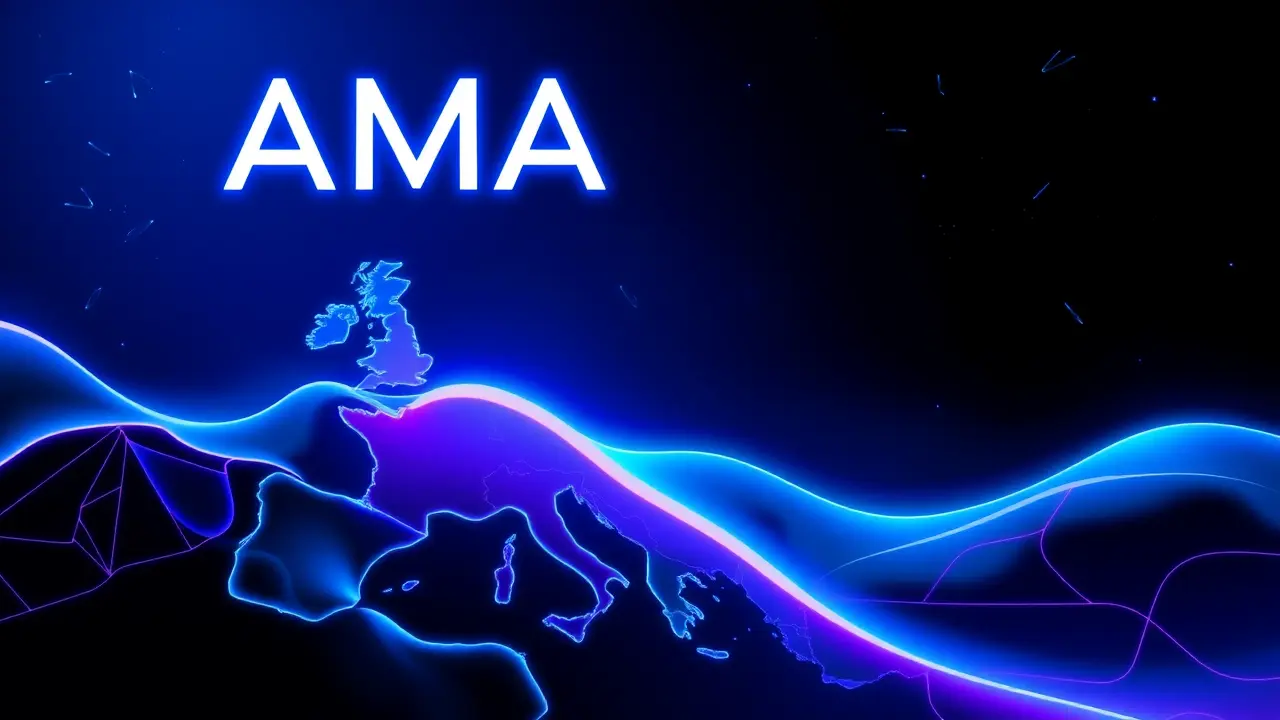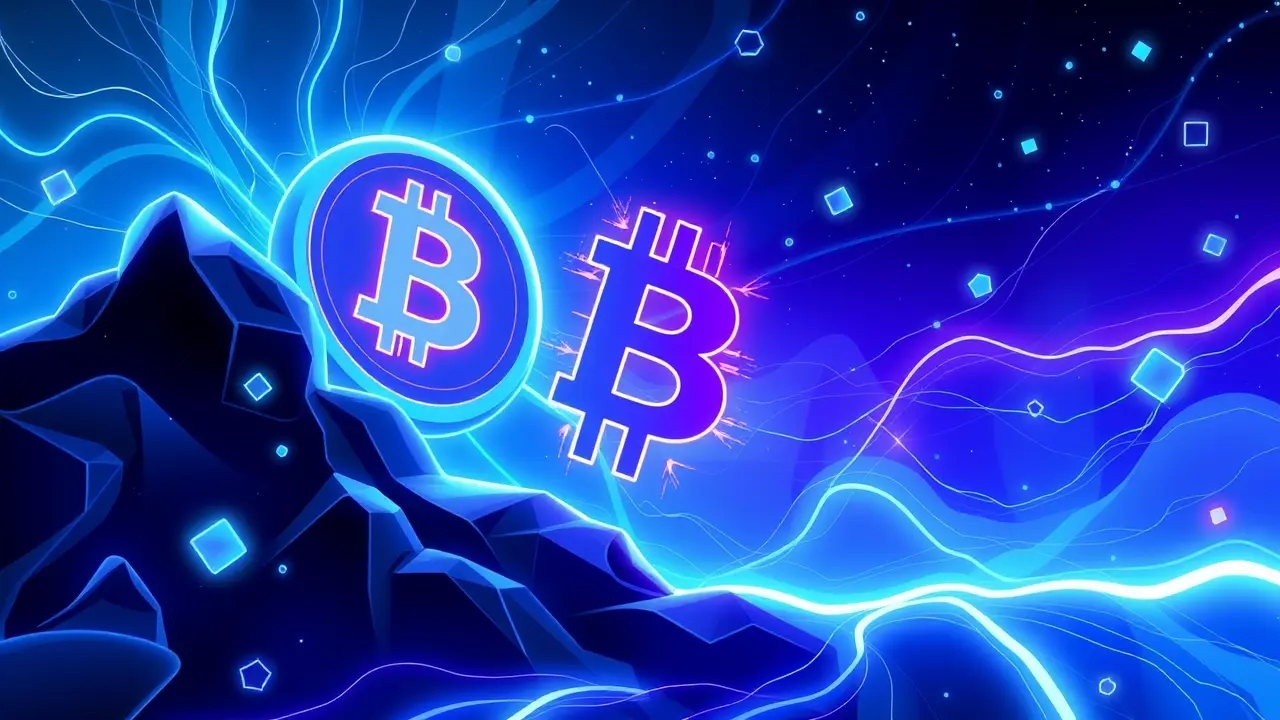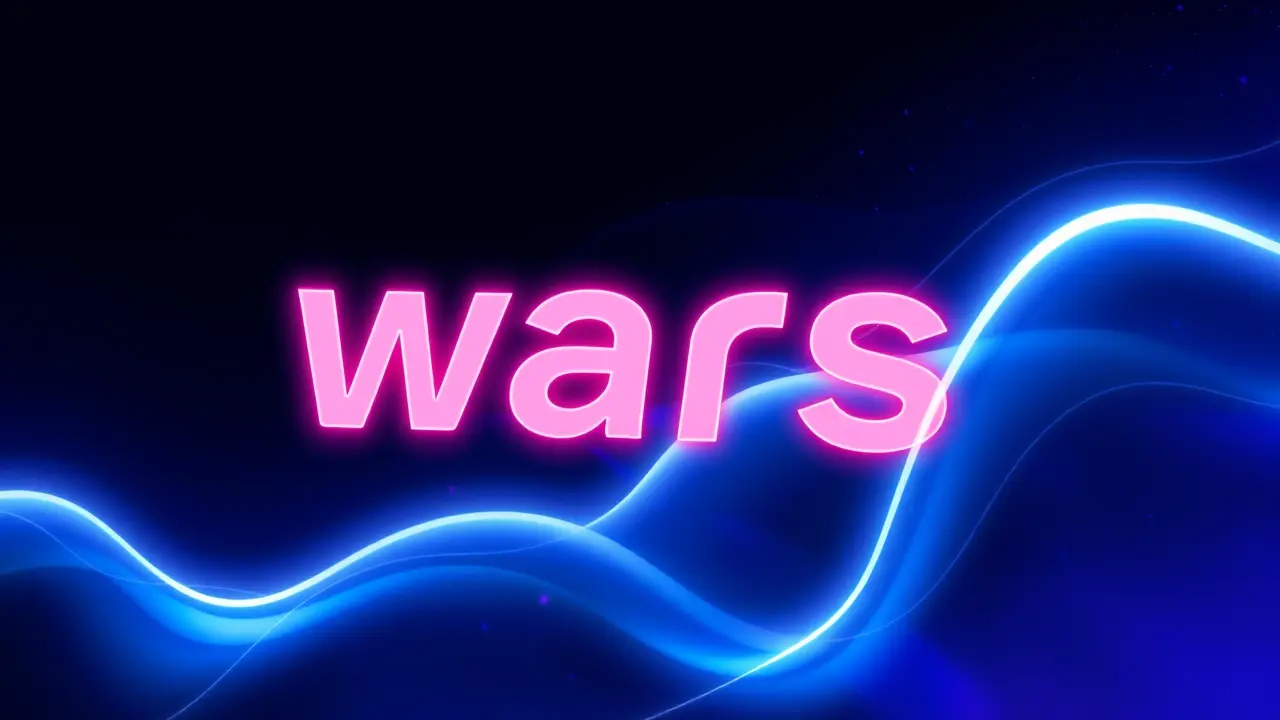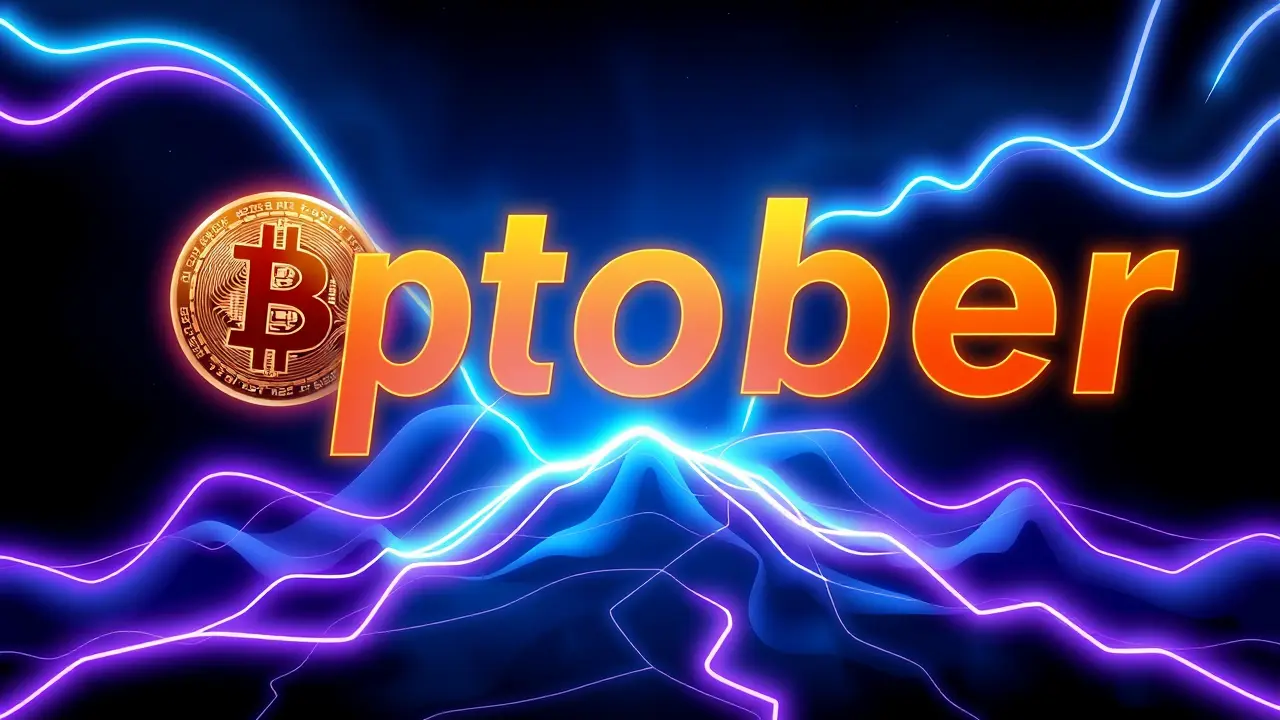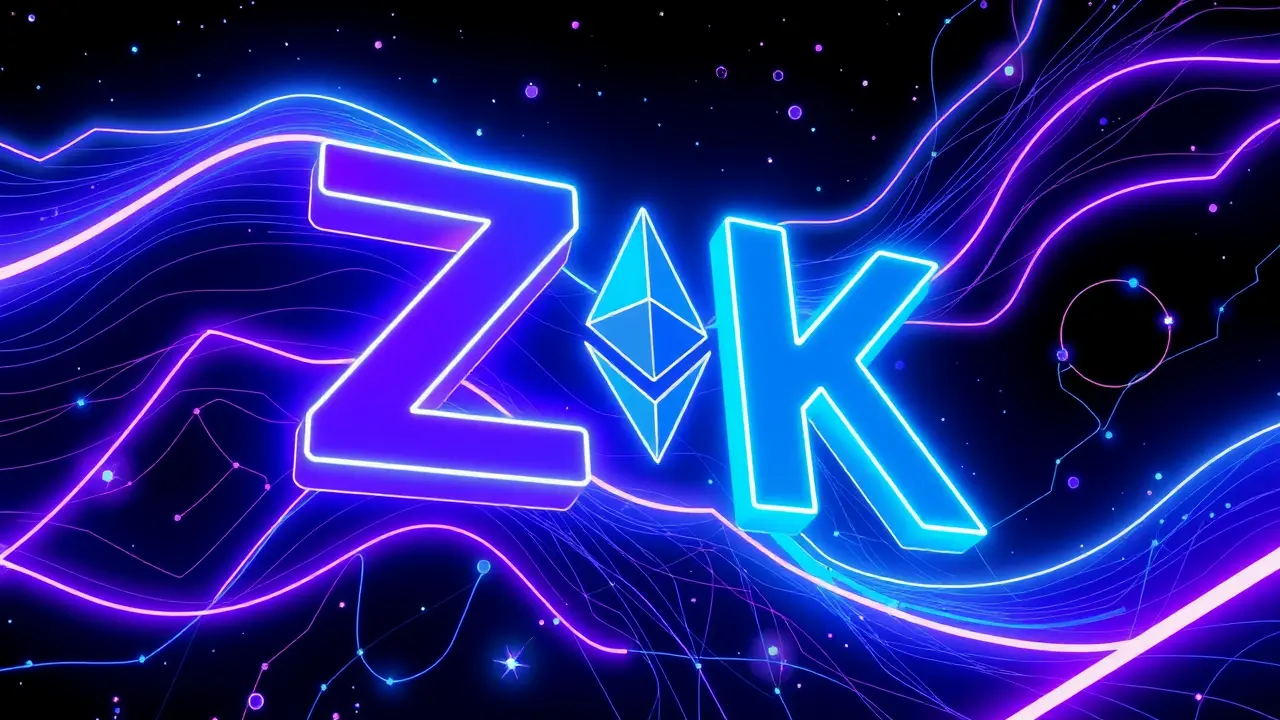
Cryptolayer-2zkSync
ZKsync Proposal Aims to Tie $ZK Token to Network Revenue
AL
Alice Morgan
4 hours ago7 min read2 comments
The ZKsync ecosystem is buzzing with a landmark governance proposal that seeks to fundamentally reshape the economic model of its nascent ZK token by directly tethering its value to the network's own revenue streams, a move that could set a powerful precedent in the highly competitive layer-2 scaling arena. This initiative, emerging from the community's decentralized autonomous organization (DAO), aims to implement a sophisticated mechanism where a portion of the fees generated from transactions on the ZKsync Era chain would be systematically used to buy back and burn $ZK tokens or distribute them to stakers, effectively creating a reflexive asset whose scarcity is intrinsically linked to the network's adoption and usage.For those deeply embedded in the Ethereum ecosystem, this proposal feels like a natural evolution of the 'ultrasound money' thesis that has long animated Bitcoin and Ethereum maximalists, but now applied with the programmable precision of a zero-knowledge rollup. The core concept isn't entirely novel—we've seen echoes of value-accrual models in projects like Ethereum's EIP-1559 burn mechanism and the fee-sharing structures of various DeFi protocols—but ZKsync's attempt to formally encode this into its tokenomics from a relatively early stage demonstrates a maturing philosophy within the crypto space, one that prioritizes sustainable, usage-driven growth over speculative frenzy.The technical underpinnings are fascinating; as a ZK-rollup, ZKsync batches thousands of transactions off-chain, generates a cryptographic proof, and then submits that single proof to the Ethereum mainnet for finality, with the fees paid for this process constituting the primary revenue. The proposal's architects argue that by diverting a percentage of these fees back to the token holders, they are aligning the incentives of developers, users, and investors in a virtuous cycle where increased network activity directly benefits the treasury and, by extension, the token's economic health.However, the path forward is fraught with complex governance questions and potential pitfalls. How will the exact percentage be determined and adjusted? What safeguards will be in place to prevent manipulation or ensure the long-term sustainability of the network's operational budget? Critics might point to the experience of other chains where similar models have struggled to create meaningful value in the face of high inflation or lackluster adoption.Furthermore, this proposal arrives at a critical juncture for the entire layer-2 landscape, with competitors like Arbitrum, Optimism, and Starknet all vying for developer mindshare and TVL, making a compelling value-accrual model a potential key differentiator. The success or failure of this vote will be closely watched not just by ZKsync's community but by the entire crypto-economy, as it represents a significant real-world experiment in bridging the gap between abstract network value and tangible tokenholder reward. If successful, it could catalyze a wave of similar proposals across other ecosystems, pushing the industry further toward economic models that are as innovative as their underlying technology, ultimately creating a more robust and user-aligned foundation for the decentralized future.
#featured
#zkSync
#ZK token
#tokenomics
#network revenue
#governance proposal
#airdrop
#L2 scaling
Stay Informed. Act Smarter.
Get weekly highlights, major headlines, and expert insights — then put your knowledge to work in our live prediction markets.
Related News
© 2025 Outpoll Service LTD. All rights reserved.


